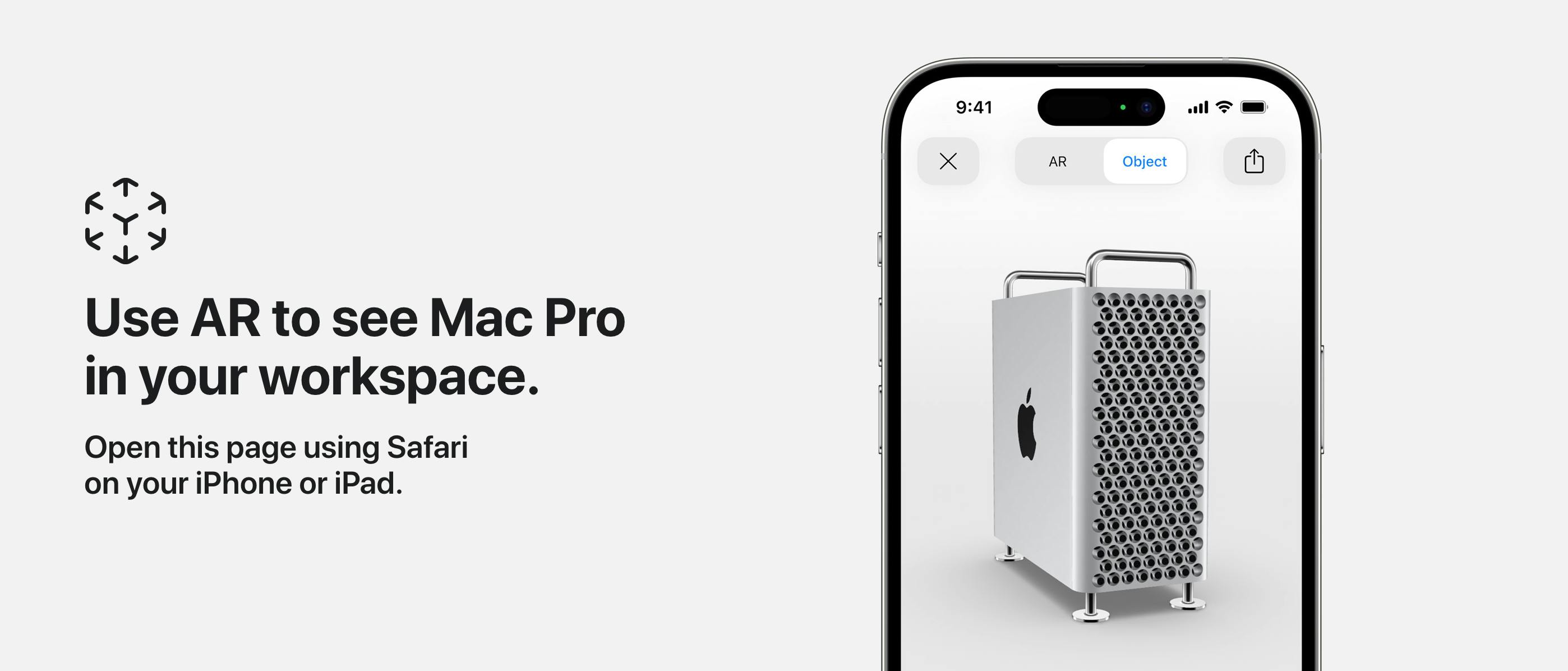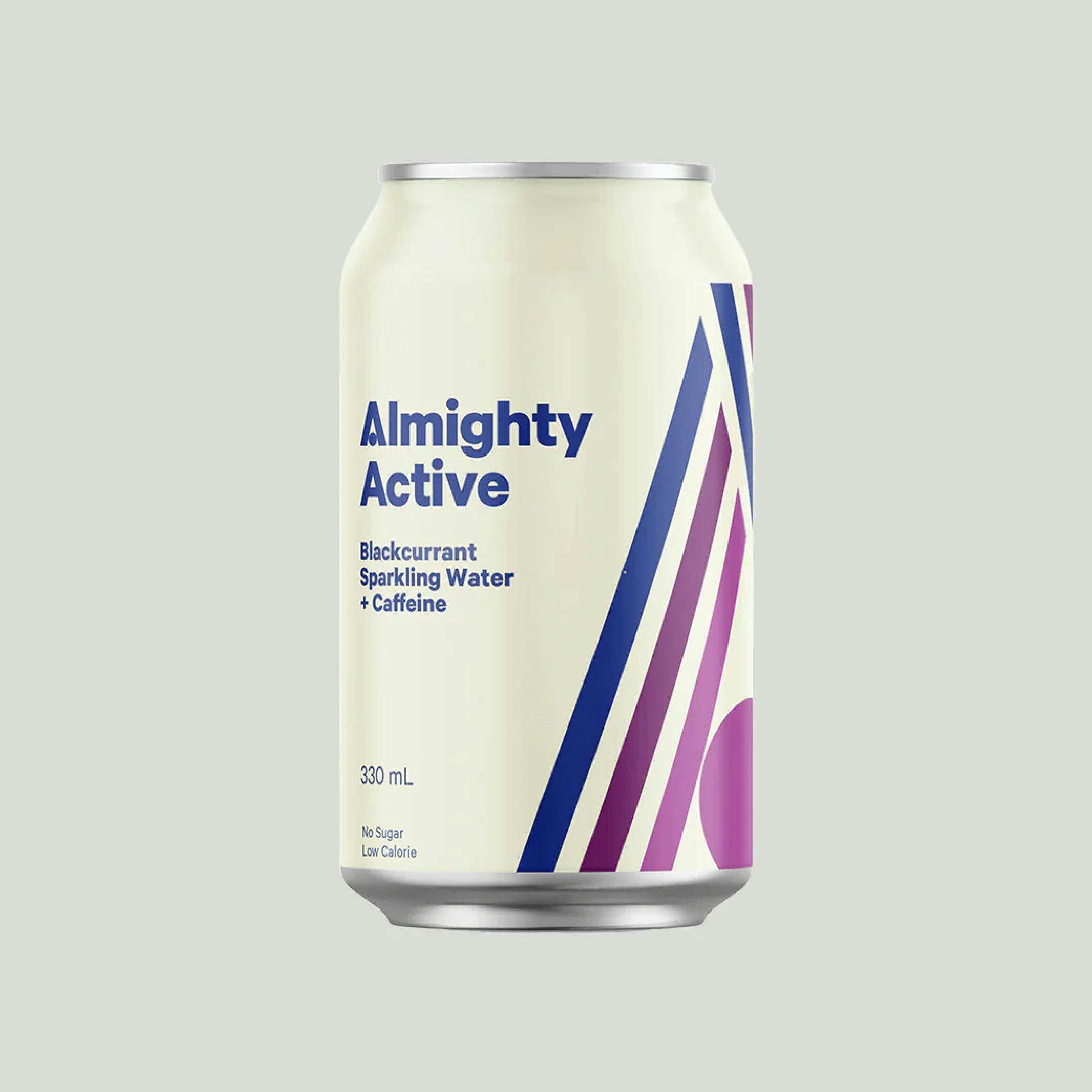Elevating E-commerce: The Impact of Augmented Reality in Interactive Shopping Experiences
-
Auckland
XX:XX:XX GMT+XX
Elevating E-commerce: The Impact of Augmented Reality in Interactive Shopping Experiences Embracing the future of AR's with integrations for engaging and conversion-driven online shopping experiences.
An example of a AR in use by USM. Notice the scale being acurately represented next to a physical counterpart. Credit: USM
In a world increasingly shaped by digital experiences, augmented reality (AR) emerges as a game-changer in the realm of web development, redefining how user engage with products and services represented online. While many are familiar with AR through filters on platforms like Instagram and TikTok, its potential extends far beyond, revolutionising the way we live, consume and shop online.
Interactive Shopping
- Experiences with AR
An incoming evolution of e-commerce is marked by a shift towards interactive shopping experiences. AR takes centre stage by enabling customers to visualise products in their physical spaces – whether it's trying on the latest fashion trends, placing furniture within their homes, or virtually testing out the latest gadgets. This dynamic, immersive experience goes beyond static images, fostering a deeper connection between the consumer and the product, increasing its desirability and lowering the barrier of desirability.
Major brands are adopting the technology early. Apple.com stands out for its early adoption use of AR, providing customers with a unique and interactive experience of being able to see new products in situ. Everyone understands the “Apple Store Experience” yet being able to present a small piece of it in virtualised context helps immensely for product desirability from afar. Zara, another well known and global retailer utilises AR for its "shop the look" experiences; whilst Gucci partnered with Snapchat for its four AR try-on shoes reaching 18.9 million Snapchat users and reporting a positive return on ad spend (ROAS) from the AR campaign.
It’s predicted that the global virtual fitting room market will grow from $4.03 billion in 2022 to $14.87 billion by 2029. That’s a compound annual growth rate of 13.44%. That’s why brands like Walmart are investing in virtual fitting rooms. The retail giant recently acquired Zeekit, a virtual dressing room startup, which allows shoppers to see how clothes fit on body types similar to theirs.

Apple's Mac Pro AR prompt on their website. Credit: Apple
Goals
The integration of AR in web development for e-commerce is driven by dual objectives. First and foremost, businesses aim to enhance user engagement by providing an unparalleled, convenient and memorable shopping experience.
Simultaneously, the focus is on improving conversion rates by leveraging this engagement into actual sales by lowering any apprehensions of the product. This subsequently mitigates returns by ensuring that products seamlessly fit into the buyer's personal space, wardrobe and lifestyle.
An example of this in use is Resident, a New Zealand based furniture design house headed by Simon James which showcases their furniture through an AR portal.
Simon James Tangerine Chair AR Experience Credit: Resident
Industries that can benefit
While the impact of AR resonates across various industries, fashion, luxury goods and furniture emerge as frontrunners. The ability to try on clothes virtually or place furniture in a living space adds a new dimension to online shopping.
Beyond these, AR finds applications in art, watches, cars, and virtually any consumer good, showcasing its versatility and transformative potential. It’s also particularly useful for products that offer personalisation - being able to see the outcome of various combinations or including a logo on a print.
How do you implement AR?
Implementing AR is accessible through a range of off-the-shelf and custom tools. The flexibility and adaptability of these tools empower businesses to tailor their AR experiences to suit specific e-commerce needs, ensuring a seamless integration into their websites. Replacing traditional media like product images with a 3D model can dramatically improve engagement.
More lo-fi and top-of-funnel techniques can be utilised by utilising social media tools also, with all major platforms supporting some form of AR. An example in use is Meller sunglasses showcases their styles via an Instagram story filter where users can try on the spec’s prior to hitting the site for a purchase.
Offline experiences that utilise AR are also being created, with start-up Zero10 creating AR Mirrors that utilise the same experience within a physical retail environment, closely matching the ecommerce experience and ensuring a consistent brand experience.
Of course, as part of the implementation the generation of the models and 3D assets also needs to be done.
Meller sunglasses try-on Instagram filters. Credit: Meller
In Conclusion
As we explore the profound impact of augmented reality on e-commerce today, it's crucial to cast our gaze toward the future. Tech giants like Apple are set to redefine personal computing with their upcoming Apple Vision Pro headset, promising an immersive blend of AR experiences for both work and pleasure and possibly replacing the use of a screen all together. Simultaneously, Meta with their Quest headset and its focus on the metaverse becoming Future of Digital Connection with both virtual and augmented reality, signals a paradigm shift in how we interact with digital content. The trajectory is clear – AR is not just a fleeting trend; it's the future of digital experiences.
Embracing AR now positions businesses and consumers as pioneers in this transformative journey. Early adopters stand to reap substantial rewards as AR becomes more integral to our daily lives. From enriched shopping experiences to innovative ways of interacting with information, the evolution of AR promises a new normal where the virtual and physical seamlessly converge. As we venture into this exciting era, those at the forefront of AR integration are not only shaping the future but also enjoying the benefits of being trailblazers in the digital landscape.
For a consultation on implementing augmented reality into your online projects, we offer a comprehensive approach suitable for various industries and business scales. Whether it's a simple integration, a social media filter or a more complex, industry-specific application, our team is ready to discuss how augmented reality can elevate your online presence.



